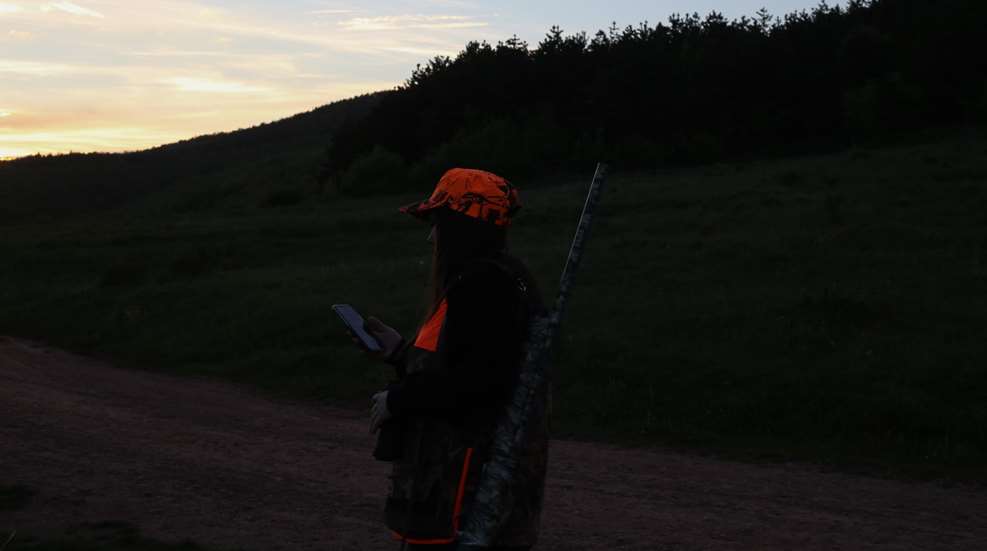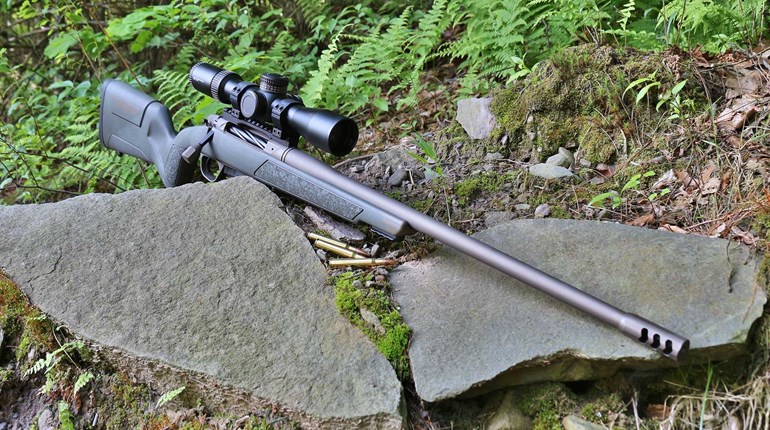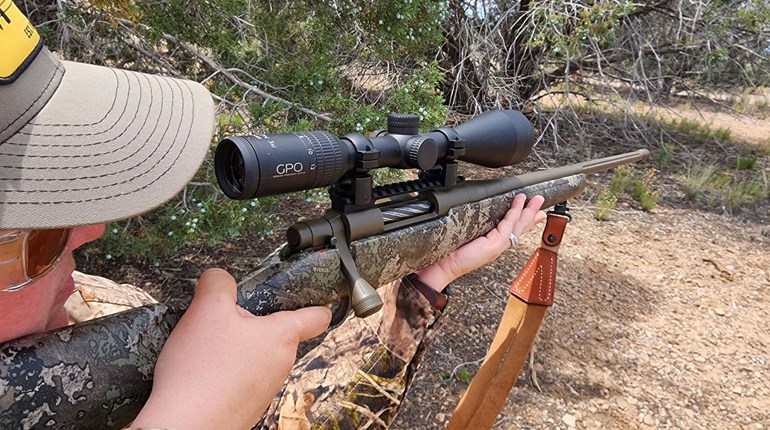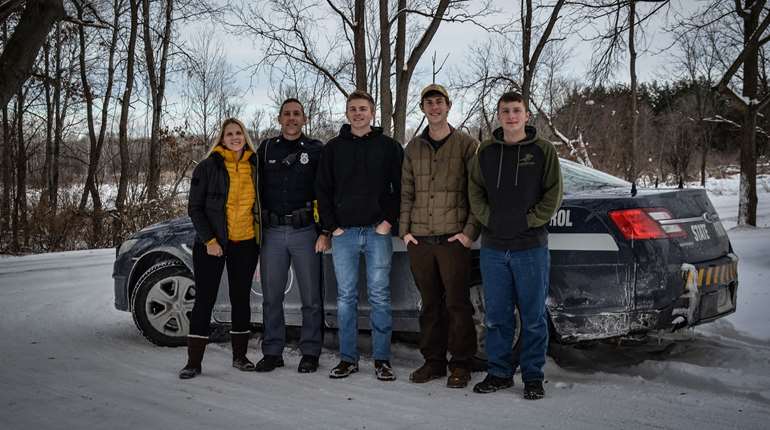
It never fails: After spending all summer dancing irreverently in front of your trail cameras without a care in the world, on the opening day of rifle season those deer are nowhere to be found. They haven’t fled the country; they’ve just gone nocturnal. Part of this is because of hunter pressure, and part of it is because deer change their patterns during their breeding season (also called “the rut”). That means that if you want a shot on a deer, your best bet is to be in the woods and all ready to go by sunrise.
There’s just one problem with that: Humans can’t see in the dark. And although there may be truth to the adage that what we don’t know won’t hurt us, what we can’t see absolutely will. So how do you get to your stand or hunting spot safely—and without spooking game? There are three main methods, listed here in order of difficulty.
1. Take Advantage of Color
Yes, it’s true that we homo sapiens don’t have good night vision. What we do have is color vision better than that of all our fellow mammals. (Turkeys are another story entirely.) So what we can do to see in the dark is use color—specifically, red light. Many flashlights designed for hunters will have a “red mode,” which allows you to illuminate the ground in front of you in red. You’ll be able to see well enough to tell where you are going. The deer, however, won’t see anything at all.
The flashlight, sadly, will not be enough for safety. That’s because it’s going to be very tough for you to illuminate the ground sufficiently while still keeping an eye on things at, well, eye level. Nobody wants a sharp branch in the eye at four a.m., so supplement your safety with clear eye goggles.
Another woodsman’s tip is to take it nice and slow. Not only does this make it harder to trip on obstacles, it also makes your progress to the stand quieter. You won’t want to shuffle, exactly, because that’s noisy, but you’ll find that not picking your feet up as high as you normally would when walking will keep you steadier.
2. Camp Out
The next obvious way to be in the woods right when first light hits is to have been there since last light went out. Many hunters swear by this method as the very best way to get to big, well-educated trophy animals. After all, if you’re walking in, you’re going to be limited as to how deep into the backwoods you can go.
The thing to remember about camping out is that you—well, all humans—stink. No, your hygiene is not on trial here, but whitetails have an excellent sense of smell, and humans smell like predators. Throw in the scent of our cookfires and we’re an olfactory red-alert as far as the critters are concerned. (There are things you can do to mitigate this effect, but that’s another article entirely!)
3. Zipline
If you just read the word “zipline” and got way too excited, join the club! In a recent article for NRA Family, columnist Jeff Johnston explained the reasoning behind setting a zipline up to your stand (other than the fact that it sounds awesome). It would eliminate fears of running into things in the dark, certainly. It would also allow you to travel to your stand well above a deer’s eyeline.
However, he does have a few words of caution for NRA Women readers: “I spent about $1,500 and bought a professional zipline kit, and after a few days of tough and dangerous labor, I finally installed it. Turns out, I didn’t have the ⅜" metal cable tensioned tight enough, and my weight caused the zipline to droop to just a few feet above the ground, where I was met by a giant tree stump. Ouch! You can see the actual video for yourself right here.”
Whether you’re heading into the woods by flashlight, overnight or mid-air steel-cable flight, stay safe out there!















































